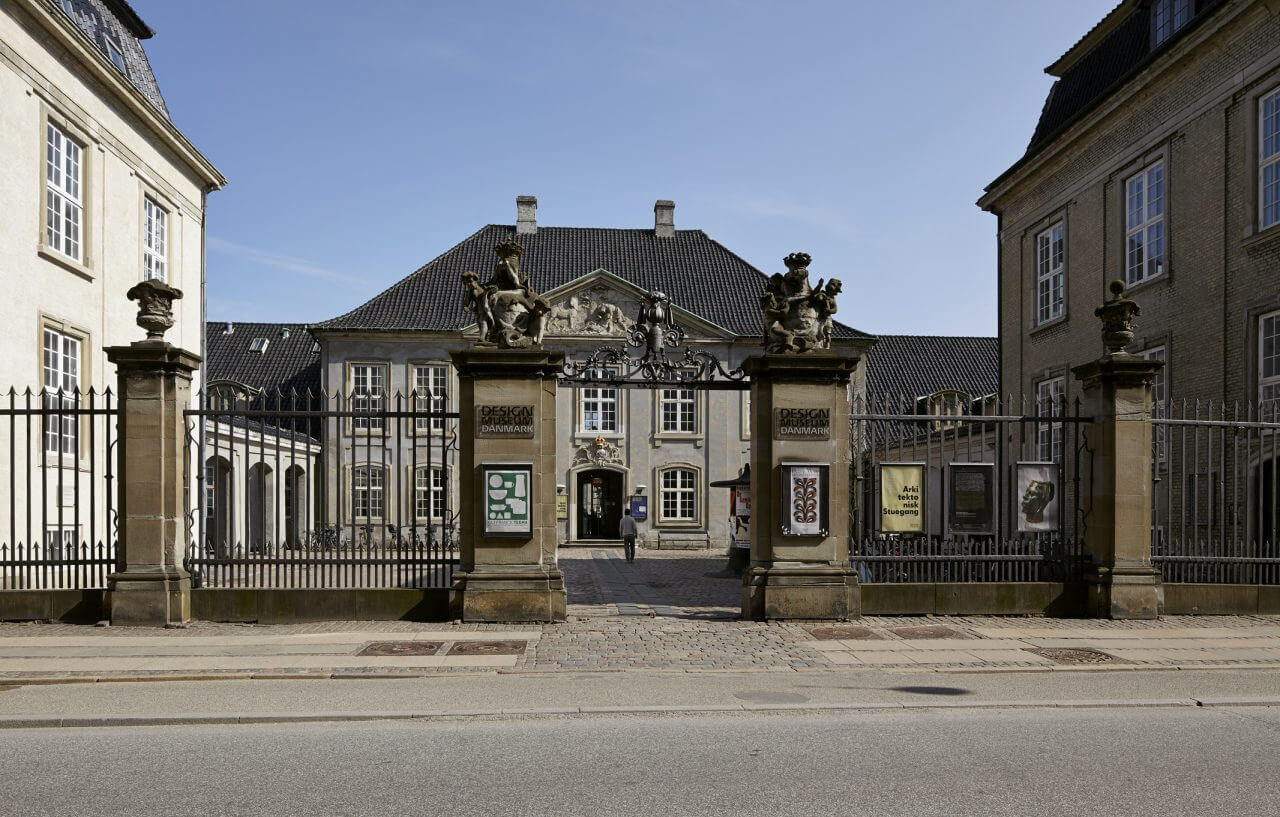The Design Museum Danmark is located in the capital city of Copenhagen. Founded in 1890 by the Confederation of Danish Industries and the Ny Carlsberg Museumslegat, the museum opened to the public in 1895. Since its inception, the museum has aimed to elevate quality within design. Through their exhibitions of exemplary objects and collections, the museum seeks to raise the level of Danish industrial products and act as a source of inspiration for people working in the design industry.
The extensive collection includes arts and crafts, and industrial design from throughout the Western world, covering the periods of the late Middle Ages to today. It also comprises East Asian objects, primarily from Japan and China, from prehistoric times until the present. The museum presents an interdisciplinary collection from furniture to silver, fashion, textiles, digital design and ceramics.
The collection of ceramics is quite unique in terms of its size and representation; it covers all known techniques within the main groups of earthenware, stoneware, tin-glazed earthenware and porcelain as well as new hybrid materials and techniques. The collection illustrates the history of pottery within a very wide geographical area which, besides European and Danish pottery, also includes East Asian pottery. The collection spans an impressively long chronological period stretching from Neolithic Chinese pottery from the third millennium BC to the very latest ceramic experiments by contemporary Danish potters.
There are many Delftware works of art in the collection, from dishes and butter tubs to flower vases and garnitures. The collection encompasses blue and white to polychrome grand feu and petit feu objects. A particularly rare object is a seventeenth century blue and white covered spice bowl, which reflects the new dining culture brought to Europe from other parts of the world through trade. A table set with this type of bowl was considered prestigious, allowing guests to flavor their food with exotic spices. Although the bowl is not marked, it is attributed to De Grieksche A (The Greek A) factory because of its similarity to other spice bowls made by the pottery.




